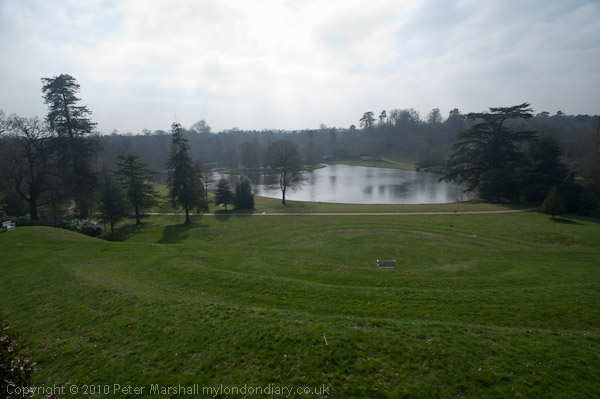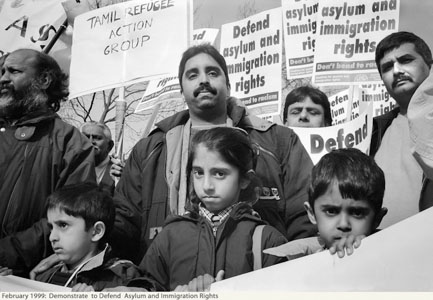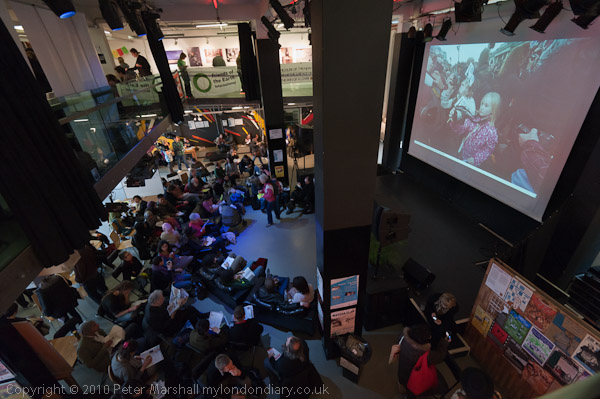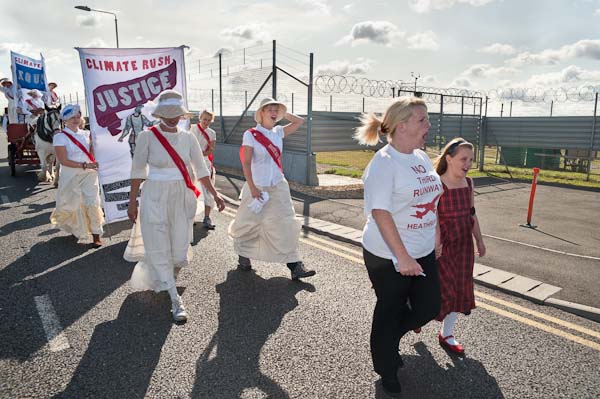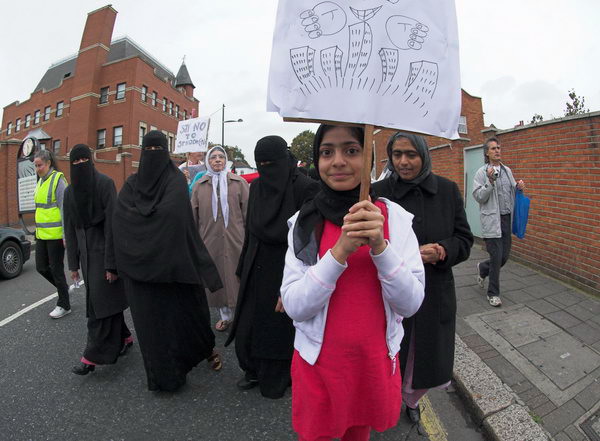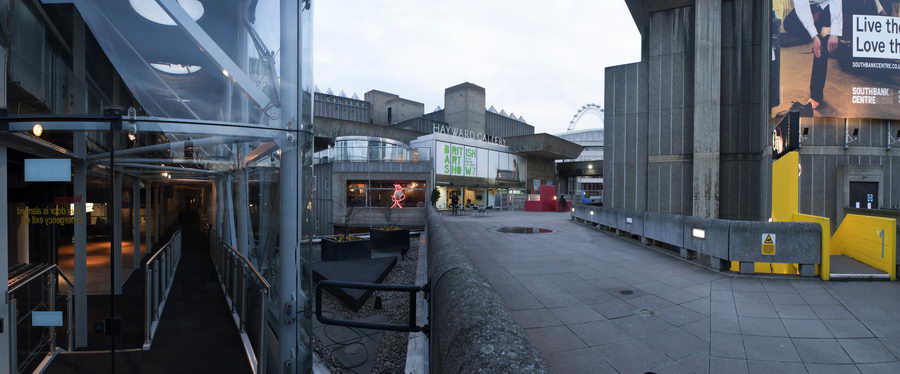Tuesday was Shrove Tuesday, and over the past few years this has become celebrated across London by a number of pancake races. Elsewhere in the country there a a few places with a long tradition, but the London events all have a relatively short tradition.
I’ve photographed most of them in past years, and I probably would not have bothered to go again this year had I not also been in Central London for another event. Had the women’s march by the Thames on the 100th anniversary of International Women’s Day held my attention more I would not have walked up from the north end of the Millennium Bridge to London’s ancient (though much restored) Guildhall for the pancake races there.
These have a certain interest because of the curious mix of ancient and modern, something not unusual in the City. The teams taking part are from the City’s Livery Companies, some of them founded as medieval guilds, but others recent formations in areas such as information technology.
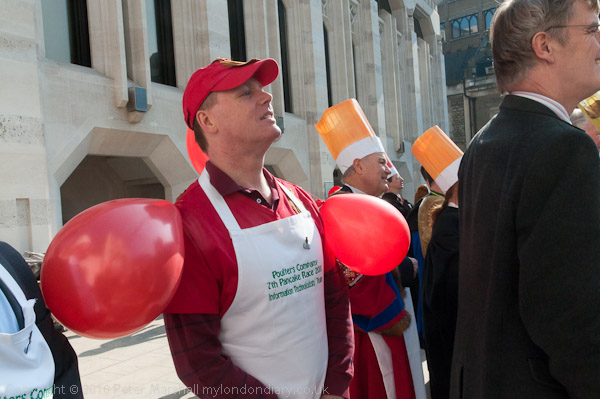
Behind its gloss of tradition and formality the City is of course highly competitive, and the races sometimes demonstrate this. There are too the kind of rules of etiquette one might expect, with points penalaties for failing to wear an apron or gloves, losing ones hat and more. It has a strict dress code for the ladies races, where skirts must be worn and must come below the knee.
But perhaps what stands out most is the fancy dress section, and the obvious glee that some of those present take in being ‘out of school’.
Photographically my equipment – the usual pair of Nikons, a D300 and a D700, the latter with the extremely bulky 16-35mm Nikon lens – was not perhaps the perfect choice for what is rather a choice location for some candid ‘street photography’. Creeping around the event were a number of other photographers equipped to a man (they all were) with Leica M9s (perhaps one or two with more primitive film models.)
But actually in this situation I think the D700 with its 16-35 was as good as anything. It was noisy enough for the shutter sound not to matter and the kind of situation where if anything you are less conspicuous standing there openly with a brace of Nikons than skulking and trying to hide the fact you have a Leica, and it is really just as fast to raise either camera to your eye and press the release. You are I think slightly more likely to get a correctly focussed and exposed result with the Nikon.
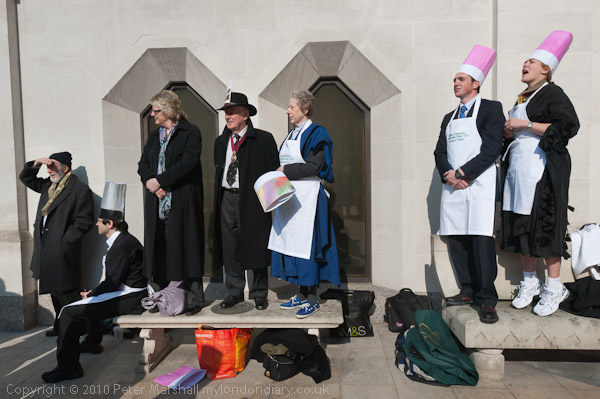
Here is one that I took that perhaps works, although it is perhaps a cliché of street photography, the kind of thing I usually find more annoying than interesting. What lifts this one for me is the woman at the back of the line, stretching up on tiptoes. I did take half a dozen other frames but none of the rest quite make it, though here is another that almost does.
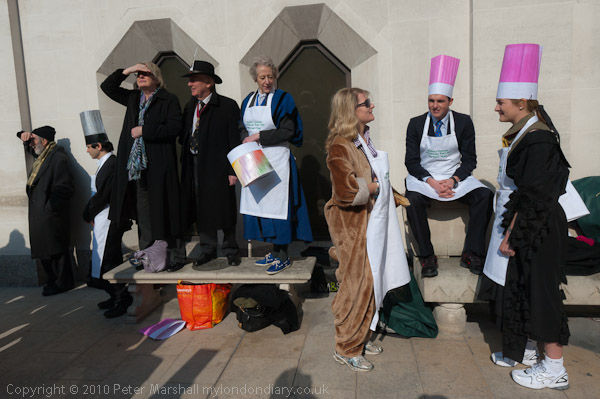
With a man in a giraffe costume, various crazy hats (including some traditional ones) and more there was plenty for the connoisseurs of the bizarre and surreal, but perhaps that was just too easy.
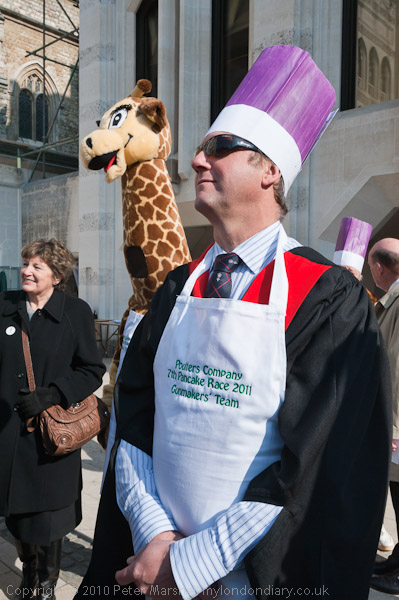
More pictures on My London Diary shortly.
